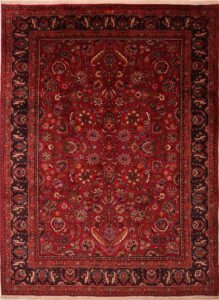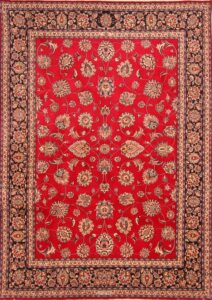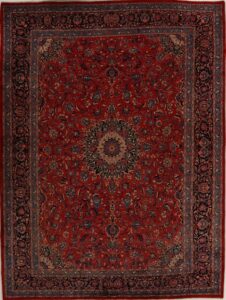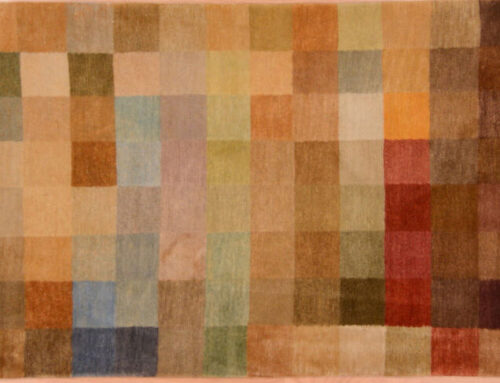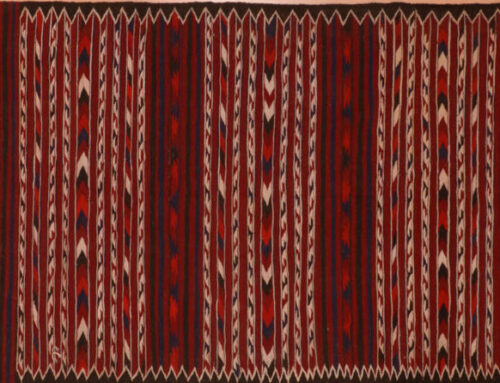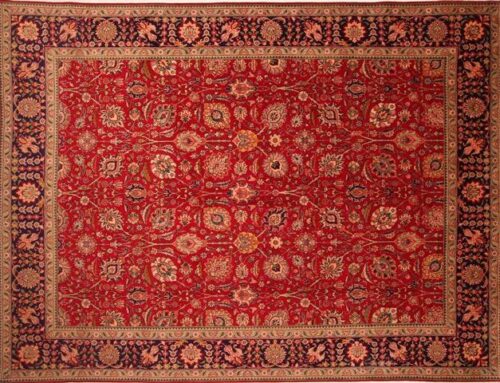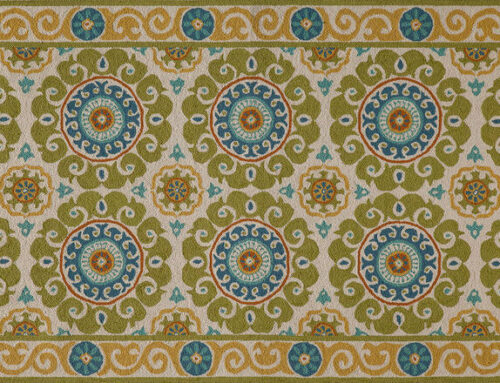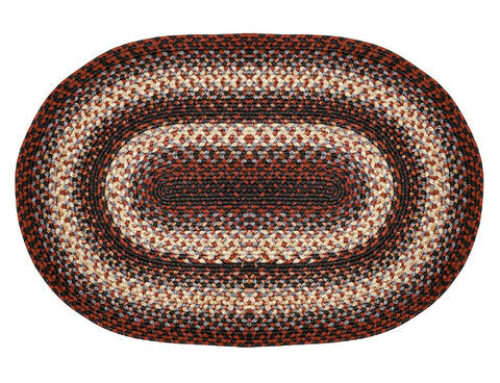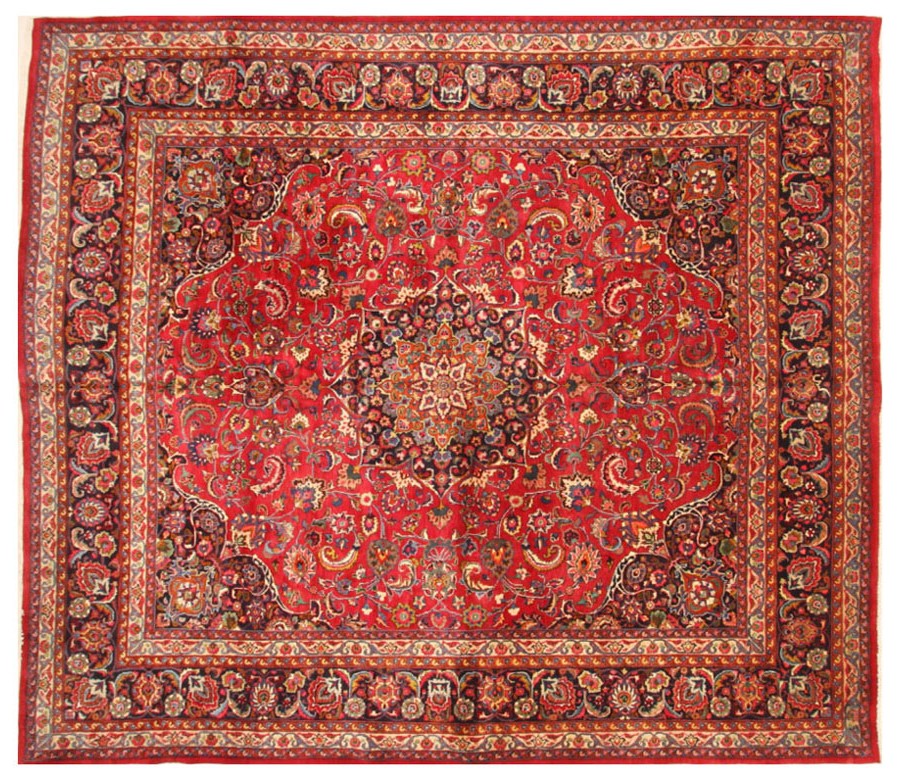
Origin of Khorasan Rugs 1
Khorasan was an important historical province in Persia. Throughout the centuries foreign invaders such as the Greeks, Arabs, Seljuks, and Afghans conquered Khorasan. It was once the largest province of Persia and is historically referred to as Greater Khorasan. Its area included Afghanistan, Kazakhstan, Tajikistan, Turkmenistan, Uzbekistan, and a large portion of Baluchestan.
Khorasan Province was a strategic area because it bordered the Russian Empire in the north and India in the southeast. Khorasan was also an important trade region for importing and exporting goods. Merchants of Khorasan and the surrounding countries were able to conduct business using the Persian Farsi dialect.
History of Khorasan Rugs
The province is known for its ancient cities and culture dating back centuries. Great philosophers, mathematicians, and poets were born and lived in Khorasan. The famous patriotic poet Ferdowsi (935-1020 CE), who wrote the Shahnameh, was born in Tus. Another notable poet born in the province was Rudaki (859-94o/41). The philosopher and poet Omar Khayyam (1048-1131), was born and lived in NishapurI. The founder of algebra, Al-Khwarizmi (780-850), was also born in Khorasan.
By 1826, under the Qajar regime (r. 1794-1921), only a fraction of Greater Khorasan remained, which today makes up northeastern Iran. After the Islamic Revolution in 1979 Khorasan was divided into three provinces: North, Razavi (center), and South Khorasan.
Carpets from Khorasan date back to the sixteenth century. Today Khorasan carpets from the sixteenth to eighteenth centuries are preserved in museums throughout the world and are in the hands of collectors.
It should be noted that a famous Persian Safavid carpet design called “Portuguese” was woven during the seventeenth century. One theory holds that it was given this name because the kingdom of Portugal commissioned this maritime design when both countries shared diplomatic and economic relations. These carpets are found in a few major museums in the world and are credited to the Khorasan province. The carpet design has a lozenge-shaped center medallion that is replicated throughout the field in a polychrome coloration. The four corners in the field feature a maritime design of sailboats on the sea. The medallions and borders have Shah Abbas palmettes with leaves and vines.
Two important weaving cities in Khorasan were Herat and Mashad. These cities had good dyeing methods and their adjacent areas produced fine wool. The carpets are extremely pleasant to the eye and are famous in the antique market for their excellent coloration.
In the late nineteenth century with the expanding demand for floor coverings in the Western market, numerous Khorasan cities, towns, and villages began to produce rugs and carpets. Some notable weaving places were Azghand, Birjand, Doroksh, Gonabad, Mashad, Sabzevar, and the surrounding areas. The volume of carpet production had a positive economic impact on weaving families through-out Khorasan.
Baluch rugs were also made by tribal weavers throughout Khorasan.
Kurdish tribes have lived in the northern Khorasan area since the Safavid Dynasty. Weavers here made carpets with Kurdish-influenced.
Khorasan sizes range from small tribal items to large room dimensions. Flatwoven rugs are made in formats ranging from small bags to gallery sizes.
Characteristics of Khorasan Rugs
-
Material and Knots
Khorasan city carpets are made on a cotton foundation with a wool pile. The Persian (asymmetric) knot is used. Another knotting technique made by weavers in Khorasan is the Jufti knot, which dates to the sixteenth century. This method is used to weave carpets faster and is done by utilizing four warp threads instead of the normal two to make a knot in the carpet.
Baluch weavings have a wool foundation and a wool pile; after World War II some were woven on a cotton foundation. They generally have the Persian (asymmetric) knot.
-
Color
All traditional colors are applied for the background, design elements, and borders of Khorasan carpets in accordance with the weaving era and location. The beauty in coloration of early Khorasan weavings is so great that a late seventeenth century fragment sold at Christie’s London auction house for $103,834 on October 4, 2011.
-
Design and Pattern
The carpets of Mashad are known for their Garden and shrub designs. Herat carpets are popular for the Herati (fish) pattern.
Older Khorasan carpets from the Safavid period are famous for having designs such as palmettes, Chahar Bagh (bird’s-eye view of a four-part garden), cypress trees, Herati (fish), Lattice, and Shrub.
Khorasan city carpets have floral designs.
Baluch weavings are geometric in design.
Kurdish weavers here made pile and flatweave carpets with Kurdish-influenced geometric designs known in the market as Kurdi Carpets.
Collections
- Khorasan Rug | © Rugman
- Khorasan Rug | © Rugman
- Khorasan Rug | © Rugman


